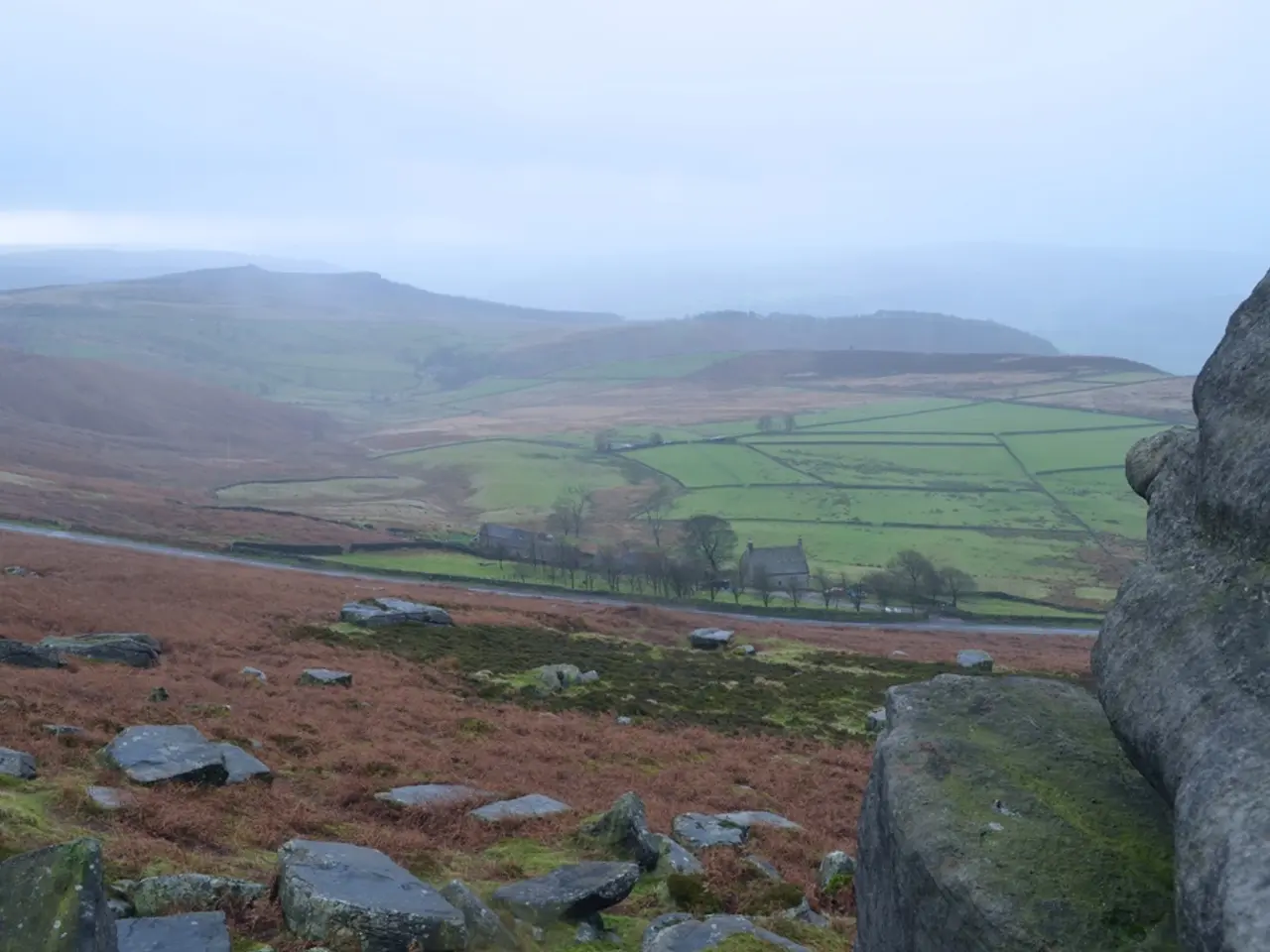Gold Rush in the New Black Hills
In the heart of South Dakota lies the Black Hills, a region steeped in history and rich in natural resources. This area, sacred to the Lakota people, has been a focal point of conflict and controversy for over a century.
The Black Hills have been a source of gold since the late 1800s, with mining activities continuing unabated. In 1965 alone, an astounding 884,729 kg of gold was extracted from the region, valued at a staggering $48,253,400,000 in today's market.
However, the Lakota people, whose ancestors tended and cared for the Black Hills for millennia, did not give consent for this gold rush. The seizure of the Black Hills by the U.S. was declared unlawful by the Supreme Court of the United States in The Great Sioux Nation vs. the United States (1980). Yet, corporations in South Dakota do not require a permit for exploratory drilling on private land, only needing to provide notice of intent to drill.
The Oceti Sakowin, also known as the Sioux or "Seven Council Fires," are a confederation of Native American tribes that have historically united in their struggle to protect their lands, including the sacred Black Hills, against gold and uranium mining and other encroachments. They are known for leaders like Sitting Bull who resisted settler invasion and fought to preserve their sacred landscapes.
The Oglala Sioux Tribe has been waging a silent war against mining in the Black Hills for decades. Their efforts have been met with various outcomes. The federal appeals court denied their request for a review of a U.S. Nuclear Regulatory Commission decision to grant a license for a possible uranium mine in the Black Hills. On the other hand, the Supreme Court of the United States refused to hear an appeal by the Oglala Sioux Tribe challenging the U.S. Forest Service's decision to allow a Colorado company, Solitario Zinc, to drill 25 holes in the National Forest of the Black Hills along a scenic byway.
Dakota Gold, a mining corporation recently listed on the New York Stock Exchange, plans to drill 345 holes in the sacred Black Hills of the Lakota in search of gold. This decision has sparked outrage among the Lakota people and their allies, who are concerned about the potential environmental impact and the disregard for the tribe's sovereignty.
The history of mining in the Black Hills includes instances of toxic pollutants leeching into water sources, such as Whitewood Creek becoming Cyanide Creek due to Homestake mining. More recently, it has come to light that illegal lithium mining may be taking place in the sacred Black Hills.
The Lakota people, whose ancestors emerged from Wind Cave, deep in the Black Hills, according to Lakota tradition, stand resolute in their opposition to mining in their sacred lands. They are supported by groups like the Black Hills Clean Water Alliance, who are working tirelessly to protect the lands and waters of the Black Hills.
Despite the ongoing struggle, the Lakota people remain hopeful. Their resilience and determination are a testament to their deep connection to the Black Hills and their unwavering commitment to preserving their sacred lands for future generations.








